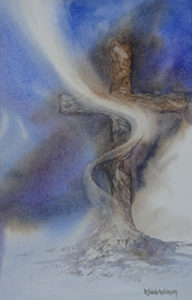Today’s post is from Scott Weidler, who served for 21 years as Program Director for Worship and Music of the ELCA, and who currently lives in Toronto.
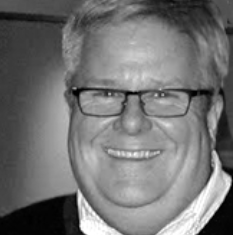 I remember when I first realized that prayer is as much about listening to God as it is speaking to God. In other words, I remember the first time I experienced real silence.
I remember when I first realized that prayer is as much about listening to God as it is speaking to God. In other words, I remember the first time I experienced real silence.
The Three Days (Maundy Thursday, Good Friday and the Vigil of Easter) are the most important days and liturgies for any Christian, but for an over-eager graduate student in the first year of my master’s program in liturgical studies at the University of Notre Dame, I was over the top in anticipation of what all I would experience. But I never imagined what would be most transformative.
I was a part-time church musician at a wonderful, local Lutheran congregation, with its own rich traditions of worship and music, but I knew that what was going to happen in the Basilica of the Sacred Heart on campus was like nothing I had experienced before, so I adjusted my schedule to attend all the liturgies that I could.
It was Good Friday and we had a noon service at my church. The Good Friday liturgy at Sacred Heart was at 3 p.m. – a traditional time for Roman Catholics, I learned – the hour at which Jesus died. I also learned that the basilica would be packed, and I should arrive very early. Early? On Good Friday? This Lutheran found that hard to believe, but I did dash across town and campus, arriving an hour early. Plenty of time, I assured myself. I opened the doors and I heard nothing. I was convinced I was the first person to arrive. Obviously, I had over-estimated what arriving early meant. Much to my amazement, the basilica was already packed to overflowing. People were everywhere. In the overflowing pews. Sitting on the floor in the side aisles. Perched on the steps around the tabernacle and flowing clear back into the Lady Chapel.
What struck me most was the silence. The utter and complete lack of sound. The communal breath that one could only sense. The power of prayer, even if unfamiliar to me, permeating every being in that room.
Silence. Together. As the body of Christ. It taught me something about how we gather for worship. It taught me a lot about prayer. It was truly a transformative experience that shaped me forever.

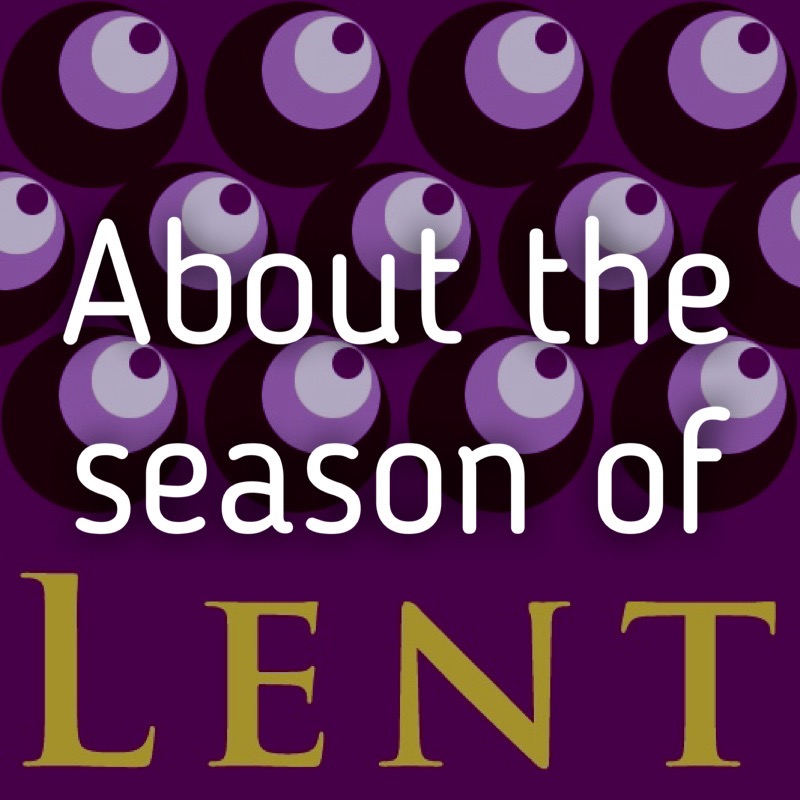

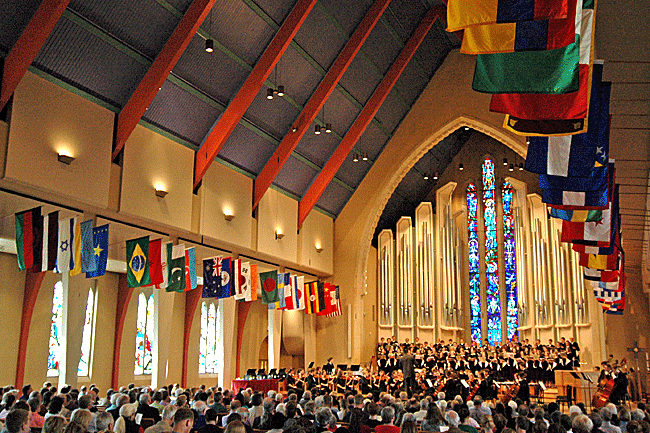 Opening worship will be held at
Opening worship will be held at 
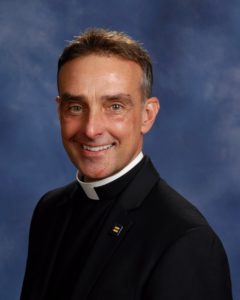 Myths are truth and wisdom
Myths are truth and wisdom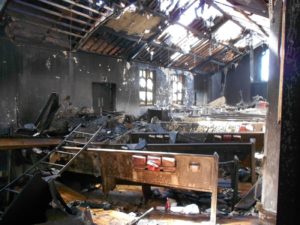 As we begin the forty days of Lent, we remember Jesus’ forty years in the wilderness as well as the Israelites’ forty years of wandering. The congregation I serve, First Lutheran in Lorain, Ohio, is also experiencing a time of wandering in the wilderness after a fire destroyed our ninety-year-old building in August of 2014. The last two and a half years have been difficult, but they have also been life-affirming.
As we begin the forty days of Lent, we remember Jesus’ forty years in the wilderness as well as the Israelites’ forty years of wandering. The congregation I serve, First Lutheran in Lorain, Ohio, is also experiencing a time of wandering in the wilderness after a fire destroyed our ninety-year-old building in August of 2014. The last two and a half years have been difficult, but they have also been life-affirming.
